MARKET OVERVIEW
The global next generation diabetes therapy and drug delivery market is building an industry that will reshape the way millions of individuals live with a disease that continues to require constant care and attention. As opposed to traditional treatments that tend to be based on strict medication regimens and invasive methods, this market will focus on solutions that provide precision, comfort, and responsiveness for the patient. The sector will not just be addressing blood sugar control but will also be moving towards enabling patients with technology that integrates well into their everyday lives. As diabetes keeps striking populations across the globe, demand for therapies extending beyond traditional insulin injections will keep growing.
The sector will experience companies betting on less invasive delivery mechanisms, minimizing physical and emotional therapy burden. For example, products that dispense insulin in accordance with glucose levels will be more widespread, and implantable devices will be designed to release medication in a more natural course. All these improvements will not only benefit patients but also reduce the burden on healthcare professionals, who will depend on more efficient systems to monitor progress and customize treatment. The international next generation diabetes drug and therapy market will also look at ways to merge medicine with digital technology. Solutions based on data will improve how patients manage their condition since smartphone incorporation and wearable devices will offer immediate feedback.
This integration of medical care with home technology will make the industry function on accessibility and customization. Patients will not be passive recipients of treatment; they will play an active role in adjusting their own care. Another characteristic of this industry will be its success at treating not just the physical aspects of diabetes but the psychological ones that come along with managing long-term illness. These innovations will be shaped to minimize the stress of continuous surveillance and lower the stigma felt by some patients when employing obvious devices. Through producing therapies that are inconspicuous and easy to use, the market will provide individuals with the ability to control their condition without losing their sense of autonomy.
Research will keep expanding the limits of what is possible, with scientists laboring towards therapies that increasingly mimic the natural operation of the pancreas. While ultimately curative options remain in the future, developments on the global next generation diabetes therapy and drug delivery market will mean that each step forward leads to improved quality of life. From injectable systems that reduce pain to intelligent pumps that need minimum patient intervention, the focus will continue to be on functional enhancements that impact day-to-day living. In the end, the sector will become a composite one characterized by synergies between biotechnology, pharmaceuticals, and digital health entrepreneurs.
It won't be confined to just a single industry but will flourish through associations that incorporate skills from multiple sectors. The global next generation diabetes therapy and drug delivery market will be an image of medicine responding to the needs of humanity, and looking forward to a time when diabetes is less of an encumbrance and more of an unconscious aspect of life.
Global next generation diabetes therapy and drug delivery market is estimated to reach $34,480.53 Million by 2032; growing at a CAGR of 14.3% from 2025 to 2032.

GROWTH FACTORS
The global next generation diabetes therapy and drug delivery market is moving toward a future shaped by innovation, awareness, and technological progress. Growth in this market will be strongly influenced by rising cases of diabetes across the world, as well as the increasing demand for safer and more efficient treatment options. More patients are looking for therapies that not only help manage blood sugar levels but also improve overall quality of life, which will push researchers and companies to develop new solutions. The market will also benefit from continuous advancements in medical technology, where smart devices, digital monitoring systems, and improved delivery mechanisms will make treatment easier and more effective.
Lifestyle changes and growing urbanization are key driving factors of the market. As daily habits shift toward less physical activity and diets high in processed foods, the number of individuals at risk of diabetes continues to rise. At the same time, healthcare systems are putting more focus on early diagnosis and preventive care, which will create higher demand for modern therapies. Increasing investment in research and development will also accelerate progress, as companies explore gene-based treatments, artificial pancreas systems, and personalized drug delivery methods that can adapt to individual patient needs.
However, high treatment costs and limited accessibility in underdeveloped regions might hamper market growth. Advanced therapies often require expensive technology and trained professionals, which are not always available in low-income areas. Concerns over patient safety and the time required for regulatory approvals can also slow down the pace of new product launches. These challenges could make it difficult for certain regions to fully benefit from next generation therapies.
Despite these hurdles, rising adoption of digital health platforms and growing awareness about innovative treatment approaches would provide lucrative opportunities for the market in coming years. With more integration of artificial intelligence, wearable devices, and telemedicine, patients will be able to receive better guidance and real-time monitoring, helping them maintain healthier lifestyles and reduce complications. Government initiatives supporting diabetes care and increased collaborations between pharmaceutical companies and technology firms will further strengthen market growth.
Looking ahead, the global next generation diabetes therapy and drug delivery market will continue to transform with the promise of personalized, accessible, and highly efficient treatment methods. This shift will not only help manage the growing burden of diabetes but also create a healthcare environment that focuses on prevention, innovation, and patient-centered care.
MARKET SEGMENTATION
By Product Type
The global next generation diabetes therapy and drug delivery market is gaining attention as new technologies continue to shape healthcare in ways that aim to improve the lives of people managing diabetes. Traditional treatment methods, while effective, often bring challenges such as discomfort, limited flexibility, or inconsistent results. With advances in science and technology, the focus is shifting toward methods that provide ease of use, better control, and improved quality of life. This market is expected to grow steadily as innovative products continue to move from research into practical applications.
One important aspect of this market is its product segmentation. By product type, the global next generation diabetes therapy and drug delivery market is divided into Inhalable Insulin, Oral Insulin, Insulin Patches, CGM Systems, and Artificial Pancreas. Each of these areas represents a step forward in making diabetes management less invasive and more reliable. Inhalable Insulin, for example, will allow faster absorption compared to injections, providing flexibility during mealtime and reducing the physical and emotional strain of daily injections. Oral Insulin will mark another leap forward, as it may eliminate the need for needles altogether, offering a familiar and more comfortable way to take medication.
Insulin Patches will likely play a strong role in this transformation by making continuous drug delivery possible without repeated injections. These patches will not only reduce pain but also ensure a steady and consistent release of insulin throughout the day, which can help maintain stable glucose levels. CGM Systems, or Continuous Glucose Monitoring systems, are already gaining momentum, and future developments will make them even more precise and user-friendly. These systems will track glucose levels in real-time, sending alerts and reports that can guide better lifestyle and treatment decisions.
Perhaps the most exciting innovation in this market will be the Artificial Pancreas. This technology will combine insulin delivery with continuous monitoring, automatically adjusting insulin levels without requiring manual input. The potential of such systems is immense, as they will mimic the natural functions of the body more closely, reducing risks linked with fluctuating blood sugar and lowering long-term complications.
The global next generation diabetes therapy and drug delivery market is expected to reshape how diabetes care is approached in the future. With ongoing research, strong investment, and rising demand for more convenient solutions, these therapies and devices will become more accessible. The direction of this market shows that the future of diabetes treatment will not only focus on medical control but also on improving daily life for those who depend on it.
By Indication
The global next generation diabetes therapy and drug delivery market will continue to play a critical role in transforming healthcare approaches for individuals living with diabetes. With advancements in medical research and technology, the demand for therapies that are more effective, less invasive, and capable of improving quality of life will keep increasing. The global and drug delivery market is expected to witness remarkable growth because diabetes is one of the most widespread chronic conditions across the world. Rising cases of both Type 1 Diabetes and Type 2 Diabetes are pushing healthcare systems and innovators to search for solutions that are not only efficient but also accessible to a wide population.
By indication, the global next generation diabetes therapy and drug delivery market is divided into Type 1 Diabetes and Type 2 Diabetes. Type 1 Diabetes often requires lifelong insulin therapy, and future innovations will likely focus on more precise drug delivery methods that reduce discomfort and improve convenience. Devices such as automated insulin pumps, smart pens, and glucose monitoring systems will become increasingly advanced, aiming to minimize complications and improve blood sugar management. In the case of Type 2 Diabetes, lifestyle factors combined with genetics have created an expanding patient base. This segment of the global market will continue to prioritize treatments that support both medication and easier drug administration systems. Oral therapies, advanced injectables, and even non-invasive approaches will gain momentum to address the rising demand.
The future outlook for the global market will be shaped by technology integration. Artificial intelligence, data-driven monitoring, and connected devices will enable patients to better manage their conditions with real-time information. As healthcare moves toward personalized medicine, therapies will be designed to suit individual needs, ensuring more effective outcomes. This will create opportunities for new product launches and collaborations between pharmaceutical companies and technology developers.
Growing awareness, supportive government initiatives, and expanding healthcare infrastructure will further accelerate the growth of the global market. Cost-effectiveness and accessibility will remain important as healthcare providers aim to make these therapies available to both developed and developing regions. Looking ahead, innovation will not only improve treatment but also enhance prevention strategies, aiming to reduce the overall burden of diabetes on society.
In summary, the global next generation diabetes therapy and drug delivery market will continue to evolve with strong potential for growth. With a focus on Type 1 Diabetes and Type 2 Diabetes, the market will develop advanced therapies and delivery systems that promise a healthier and more manageable future for millions of individuals worldwide.
By Therapy Type
The global next generation diabetes therapy and drug delivery market is moving toward a future shaped by rapid advances in science and technology. Rising diabetes cases worldwide will continue to fuel demand for safer, more efficient, and innovative treatment options. Traditional approaches often fall short of providing long-term solutions, and this has created a strong push for therapies and delivery systems designed to not only manage the condition but also improve quality of life. The focus is shifting from treatments that only control blood sugar levels to therapies that target the disease at its core.
By therapy type, the global market will see major developments across several areas. Insulin replacement will remain a foundation of treatment, but delivery methods are expected to become more precise and less invasive. New formulations and smart insulin systems will allow for better regulation and fewer complications, reducing the daily burden for individuals who rely on them. This shift will ensure that insulin therapies continue to play an important role while offering more comfort and efficiency.
GLP-1 and incretin therapies will grow in significance due to their ability to support weight management and improve cardiovascular health in addition to controlling blood sugar. As research expands, these treatments will be designed to provide longer-lasting effects, leading to fewer doses and more stable outcomes. The development of dual and triple agonists, also known as multi-receptor biologics, will further enhance treatment potential by acting on multiple pathways at once. This approach will not only improve blood sugar control but also address broader metabolic issues, making them valuable in preventing complications linked to diabetes.
The future of the global market will also rely on breakthroughs in cell and regenerative therapies. Beta cell replacement and islet transplantation will bring the possibility of restoring natural insulin production. As these techniques mature, they will reduce dependence on continuous medication and give hope for more permanent solutions. Though challenges remain in terms of cost and accessibility, the potential benefits will push ongoing research and investment in this direction.
Beyond these categories, other innovative solutions will emerge, including advanced drug delivery platforms that can sense blood glucose and release medication automatically. Integration with digital health technologies will create smarter systems capable of predicting fluctuations and adjusting treatment in real time.
Overall, the global next generation diabetes therapy and drug delivery market will transform diabetes management by combining scientific progress with practical solutions, offering new hope for millions while paving the way for a healthier future.
By End User
The global next generation diabetes therapy and drug delivery market is expected to see steady growth as technology and healthcare practices continue to advance. This market is moving toward solutions that make diabetes management easier, safer, and more effective. With the rising cases of diabetes worldwide, demand for innovative therapies and advanced drug delivery systems will continue to expand. The focus is on creating methods that reduce discomfort, improve accuracy in insulin delivery, and promote better overall health outcomes. Such developments will not only support patients but will also lessen the burden on healthcare systems.
By end user, the global market is divided into hospitals and clinics, home care or at-home self-management, specialty diabetes centers, and research and transplant centers. Each category reflects a different role in supporting patients and improving treatment approaches. Hospitals and clinics will remain central to delivering immediate care and adopting new technologies first. These facilities often serve as the testing ground for fresh devices and methods, making them important drivers of market adoption.
Home care or at-home self-management will likely witness faster adoption in the coming years, as more patients prefer convenience and independence. Advanced drug delivery tools and digital monitoring systems will encourage greater self-management, reducing the need for frequent hospital visits. This shift will also lead to more personalized care and empower individuals to control blood glucose levels effectively from their own homes.
Specialty diabetes centers will provide highly targeted treatment and education. With the growing need for expert care, these centers will play an important role in implementing next-generation therapies, training patients, and offering ongoing support. They will also contribute to spreading awareness about the benefits of modern drug delivery systems.
Research and transplant centers will be at the forefront of innovation. These centers will push the boundaries of treatment by exploring advanced therapies such as stem cell transplantation and regenerative medicine. Their efforts will shape the future of the global market by creating possibilities that go beyond traditional methods.
Looking forward, the global next generation diabetes therapy and drug delivery market will continue to evolve with breakthroughs in medical devices, digital health integration, and patient-friendly treatment options. The emphasis will be on solutions that combine effectiveness with comfort, making life with diabetes less restrictive and more manageable. As technology grows, this market will stand as a key contributor to transforming healthcare and ensuring better outcomes for millions of people worldwide.
|
Forecast Period |
2025-2032 |
|
Market Size in 2025 |
$13,854.05 million |
|
Market Size by 2032 |
$34,480.53 Million |
|
Growth Rate from 2025 to 2032 |
14.3% |
|
Base Year |
2024 |
|
Regions Covered |
North America, Europe, Asia-Pacific Green, South America, Middle East & Africa |
REGIONAL ANALYSIS
The global next generation diabetes therapy and drug delivery market is expected to play a vital role in shaping future healthcare solutions as advancements in treatment continue to progress. Rising cases of diabetes worldwide have created a strong demand for therapies that not only control the condition but also improve the quality of life. Traditional approaches to diabetes care have often been limited by invasive procedures and strict routines, but new technologies are steadily changing how treatment will be managed in years to come. With a focus on convenience, accuracy, and long-term health benefits, this market is anticipated to bring forward methods that will transform patient care on a global scale.
Geographically, the global market is divided into North America, Europe, Asia-Pacific, South America, and the Middle East & Africa. North America includes the U.S., Canada, and Mexico, where rising healthcare investments and access to advanced medical infrastructure are expected to drive faster adoption. Europe, consisting of the UK, Germany, France, Italy, and the Rest of Europe, will likely see continued growth supported by government initiatives and research partnerships that encourage innovation. In Asia-Pacific, countries such as India, China, Japan, and South Korea, along with the Rest of Asia-Pacific, are expected to present significant opportunities due to a rising diabetic population, growing awareness, and increasing spending on healthcare improvements. South America, including Brazil, Argentina, and the Rest of South America, is likely to gain traction with gradual technological adoption and expanding healthcare programs. Meanwhile, the Middle East & Africa, segmented into GCC Countries, Egypt, South Africa, and the Rest of Middle East & Africa, will potentially see growth through strategic collaborations and rising healthcare investments.
Future expectations for the global next generation diabetes therapy and drug delivery market include the rise of non-invasive devices, smart insulin delivery systems, and personalized treatment methods designed to adapt to individual patient needs. Integration of digital monitoring tools with therapies will likely allow continuous tracking, early detection of fluctuations, and better long-term control. Growing use of artificial intelligence in healthcare will enhance data analysis and provide faster insights for both patients and healthcare providers, which will make diabetes care more effective and less burdensome.
As healthcare systems continue to prioritize innovation, the global next generation diabetes therapy and drug delivery market will hold the potential to reduce complications, improve treatment adherence, and deliver more efficient outcomes. This market will not only influence how diabetes is managed today but will also set a foundation for a future where treatment becomes more seamless, accessible, and patient-centered.
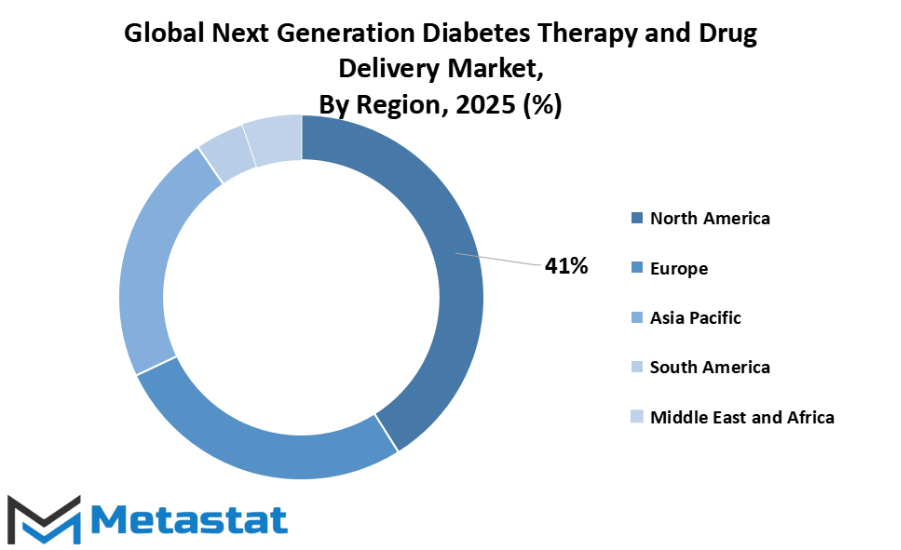
COMPETITIVE PLAYERS
The global next generation diabetes therapy and drug delivery market is moving toward a future shaped by innovation, efficiency, and accessibility. With the increasing prevalence of diabetes worldwide, there is a strong need for advanced treatments that provide improved control, better patient comfort, and reduced complications. This market is not only expanding due to rising cases but also because of continuous efforts to create solutions that are less invasive and more effective. The focus is on delivering therapies that integrate technology with medical science, making diabetes management easier for individuals across diverse healthcare settings.
A major force behind this growth is the role of competitive players investing in research, technology, and product development. Companies such as Novo Nordisk, Abbott, Sanofi, and AstraZeneca are heavily involved in bringing forward innovations that will transform how diabetes is treated in the coming years. These organizations are exploring new drug formulations, improved delivery systems, and devices that provide real-time monitoring to ensure that therapy becomes more precise and reliable. For example, smart insulin pens, implantable sensors, and automated delivery systems are gaining strong momentum and are expected to drive long-term adoption.
Senseonics and MannKind are also contributing significantly with products that focus on user-friendly solutions. By concentrating on continuous glucose monitoring and inhaled insulin options, these companies are addressing the demand for convenience and minimal disruption to daily life. Similarly, Tandem Diabetes Care, Roche, Medtronic, and Insulet are enhancing wearable technologies that connect with digital platforms, making it possible to achieve better data-driven decisions for both patients and healthcare providers. These competitive players are not only improving existing therapies but are also setting the stage for futuristic diabetes care where personalization will play a central role.
The future outlook for the global next generation diabetes therapy and drug delivery market points to a landscape where artificial intelligence, automation, and biotechnology will work together. Predictive algorithms may help forecast glucose fluctuations, while advanced delivery devices could adjust medication levels automatically. With the involvement of established pharmaceutical leaders and emerging innovators, competition will remain intense, ultimately benefitting patients through wider availability and lower costs. The direction of this market shows a strong emphasis on combining advanced science with practical solutions that will reduce complications and improve overall quality of life.
In the coming years, the global next generation diabetes therapy and drug delivery market will continue to evolve with greater speed, and the combined strength of competitive players will drive this transformation toward a more sustainable and patient-friendly future.
Next Generation Diabetes Therapy and Drug Delivery Market Key Segments:
By Product Type
- Inhalable Insulin
- Oral Insulin
- Insulin Patches
- CGM Systems
- Artificial Pancreas
By Indication
- Type 1 Diabetes
- Type 2 Diabetes
By Therapy Type
- Insulin Replacement
- GLP-1 And Incretin Therapies
- Dual/Triple Agonists (Multi-Receptor Biologics)
- Cell And Regenerative Therapies (Beta Cell Replacement, Islet Transplantation)
- Other
By End User
- Hospitals And Clinics
- Home Care / At-Home Self-Management
- Specialty Diabetes Centers
- Research And Transplant Centers
Key Global Next Generation Diabetes Therapy and Drug Delivery Industry Players
- Novo Nordisk
- Abbott
- Sanofi
- AstraZeneca
- Senseonics
- MannKind
- Tandem Diabetes Care
- Roche
- Medtronic
- Insulet
WHAT REPORT PROVIDES
- Full in-depth analysis of the parent Industry
- Important changes in market and its dynamics
- Segmentation details of the market
- Former, on-going, and projected market analysis in terms of volume and value
- Assessment of niche industry developments
- Market share analysis
- Key strategies of major players
- Emerging segments and regional growth potential



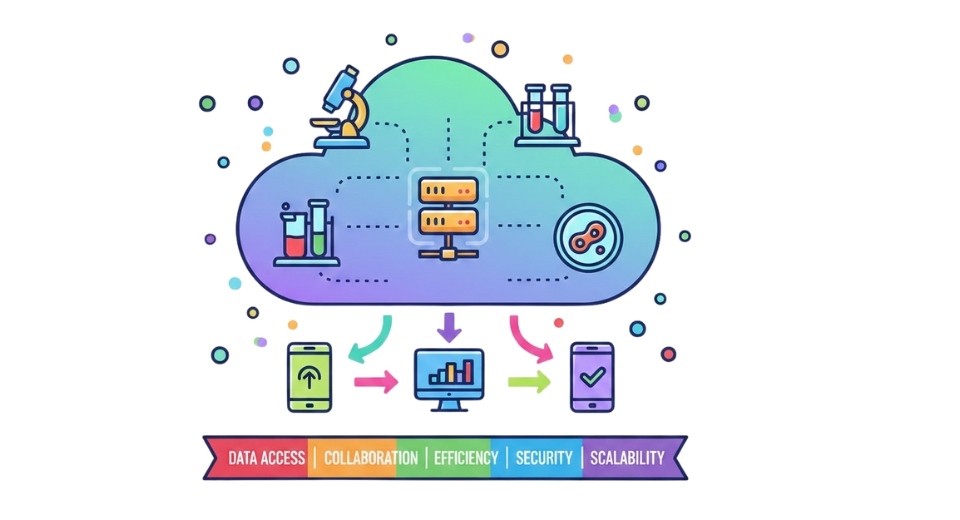
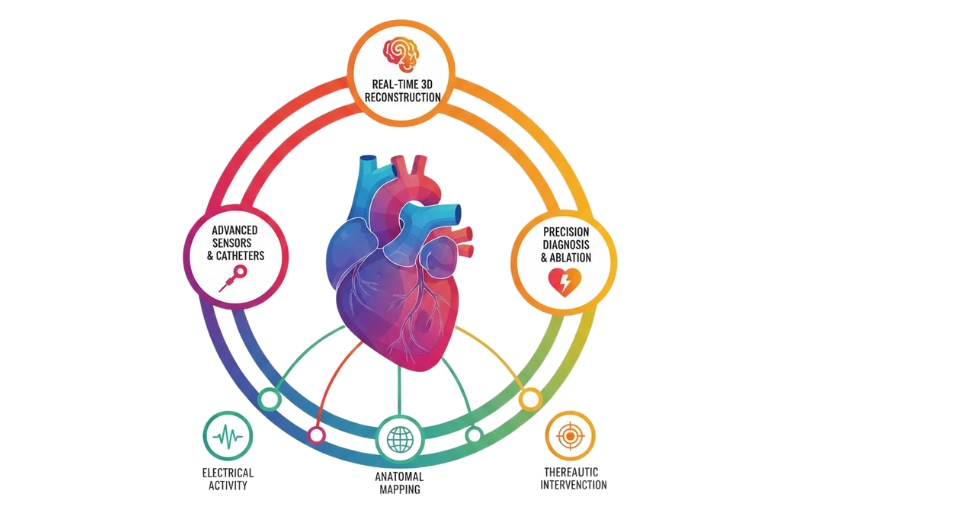
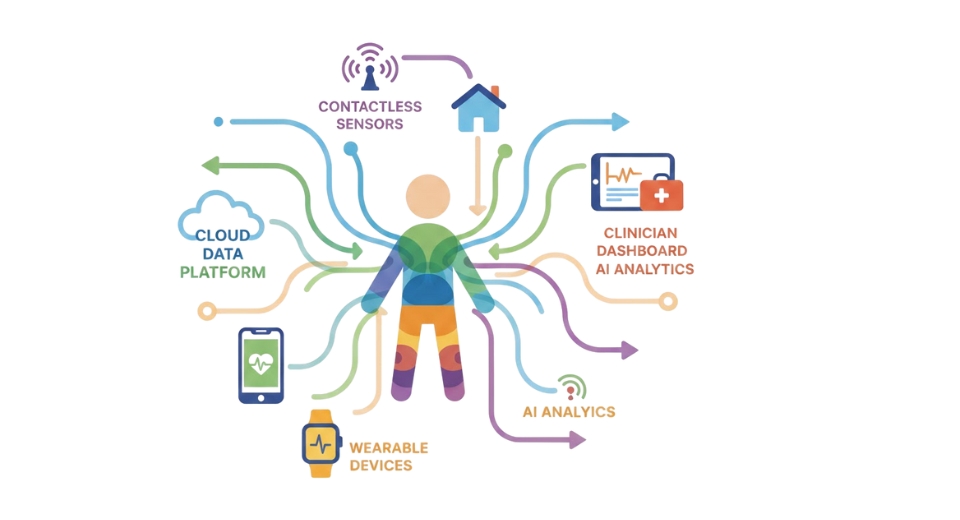
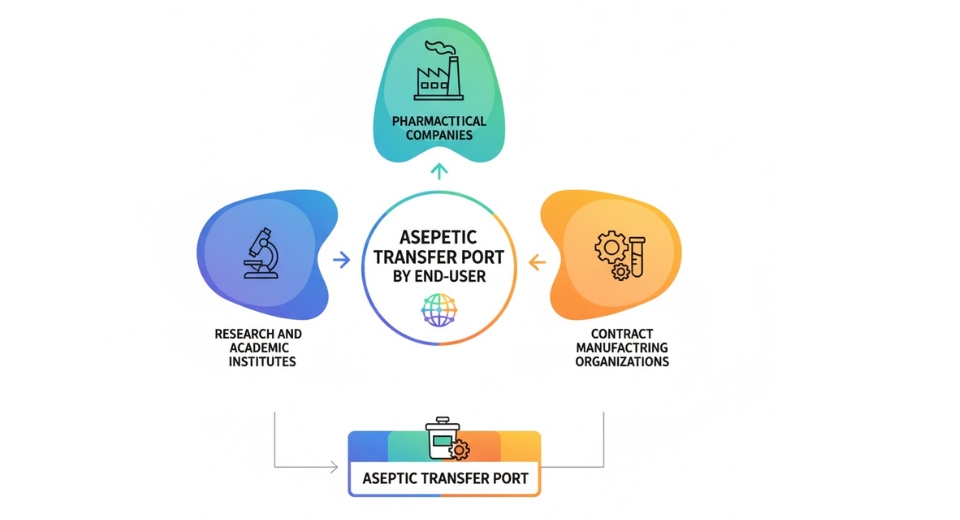

 US: +1 3023308252
US: +1 3023308252






